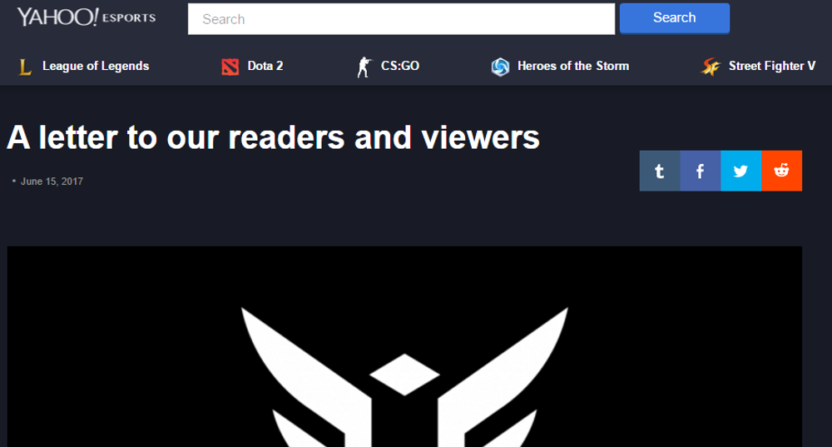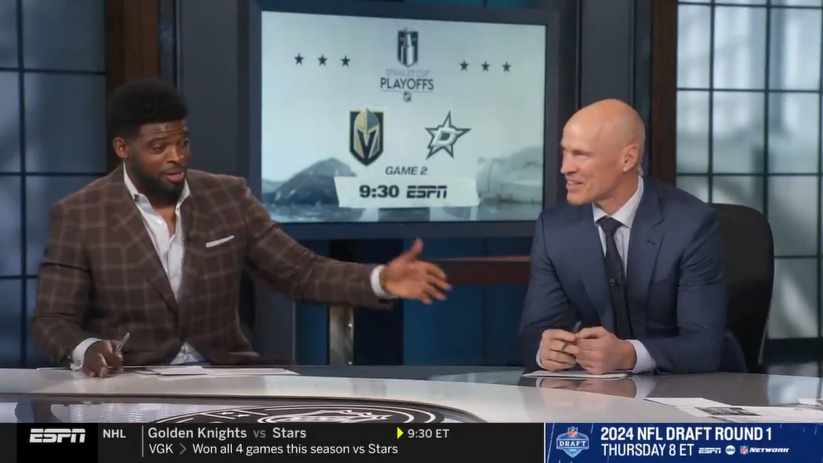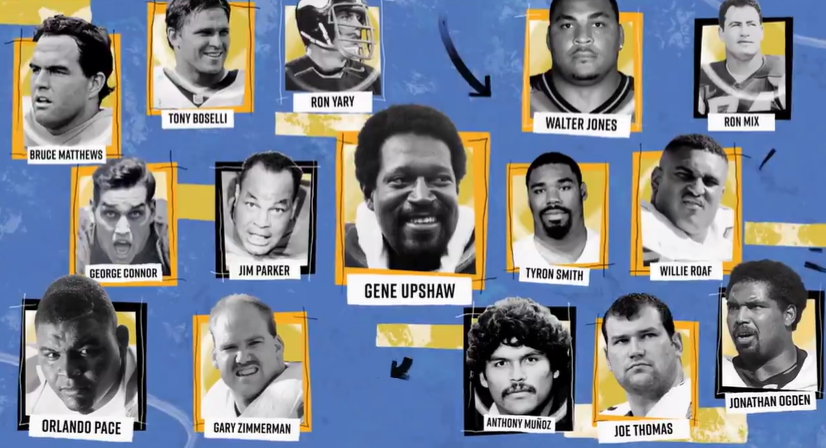2017 is a scary time to be a writer. Intensify that if you’re one of the many writers just laid off. Fox Sports cut writing full stop. ESPN still employs Wright Thompson and some high profile journalists. Though, the mantra from the last layoff round, firing writers, was “versatility,” the ability to do things that are not writing. Vocativ and MTV News are “pivoting to video.” Time Inc. Yahoo. Bleacher Report. Let us not forget Gannett cuts at its myriad of local newspapers.
Euphemisms and buzzwords will abound. But, the truth is straightforward: writing, whether in print or online, is not paying for itself. The audience may not be clamoring for cheap, crappy video “content,” at least consciously. But, advertisers are. Pop up ads annoy. Banner ads can be ad-blocked. That well-crafted written “content” below is window dressing to bombard you with the ad on the autoplay video. If you wish to support your favorite site, click on them.
Solutions to save writing? That’s the tough part.
The latest
Writing can pay for itself (or try to). Sites have gone in two main directions. One is having a veritable army of underpaid or not at all paid writers producing a volume that pays for the prestige stuff from the fortunate few. The other is tailoring content for revenue production. 15 Reasons Writing is Dead! Come Read This Ridiculous Hot Take I Don’t Even Believe! Doing the latter too blatantly backfires when you watch your core audience erode.
A third way, perhaps the only way to make writing work long term, is a subscription model. The Athletic is a notable venture attempting this for sports.
Subscriptions require a collective rethink. Outlets opted in the early Internet days to not make readers pay. There’s an inherent expectation you can click on an article from a news outlet and not pay for it. You do pay, of course, but it’s with your attention to advertising. As the GOP Congress is finding out, walking back a perceived entitlement can be nettlesome.
That said, modest subscription-based models work on the Internet. It’s how people view television now (Netflix, Amazon Prime, Hulu, etc.). It’s how people listen to music (Spotify, Apple Music, etc.). It’s how people buy books. It’s how people buy clothing. It’s how (Grammarly) I am proofreading this article before submission. There are media apps like texture for reading magazines. Maybe there’s a market?
The challenge with the subscription model, of course, is finding subscribers. Building media brand recognition on the Internet is difficult. Even legacy print outfits like The Washington Post and The New York Times struggle maintaining it.
Niches are there to exploit. The Athletic is gunning for invested local sports fans looking for quality writing about their teams in the major cities. There’s a definite appeal to a garden walled off from advertising and click bait. But, if you’re breaking news or finding unique stories that draw attention, those things can immediately be aggregated. Put the important stuff outside the paywall? Readers have no reason to pay their way inside.
Writing still has value. It provides information efficiently. It captures nuance. It connects with the human experience in a way other mediums can’t. The audience, moreover, still wants to read. Despite the dizzying and diverse smorgasbord of free short-form pornographic video content on the Internet, Fifty Shades of Grey sales topped 100 million. The trouble is getting that audience to pay for writing consistently.
There’s no doubt writing will endure. Uncertain, as of this writing, is how many of us will be paid a living wage to create it. The future may see a lot of T.S. Elliots with a day job, serving as task rabbits, coding AI software, or caring for the elderly.







